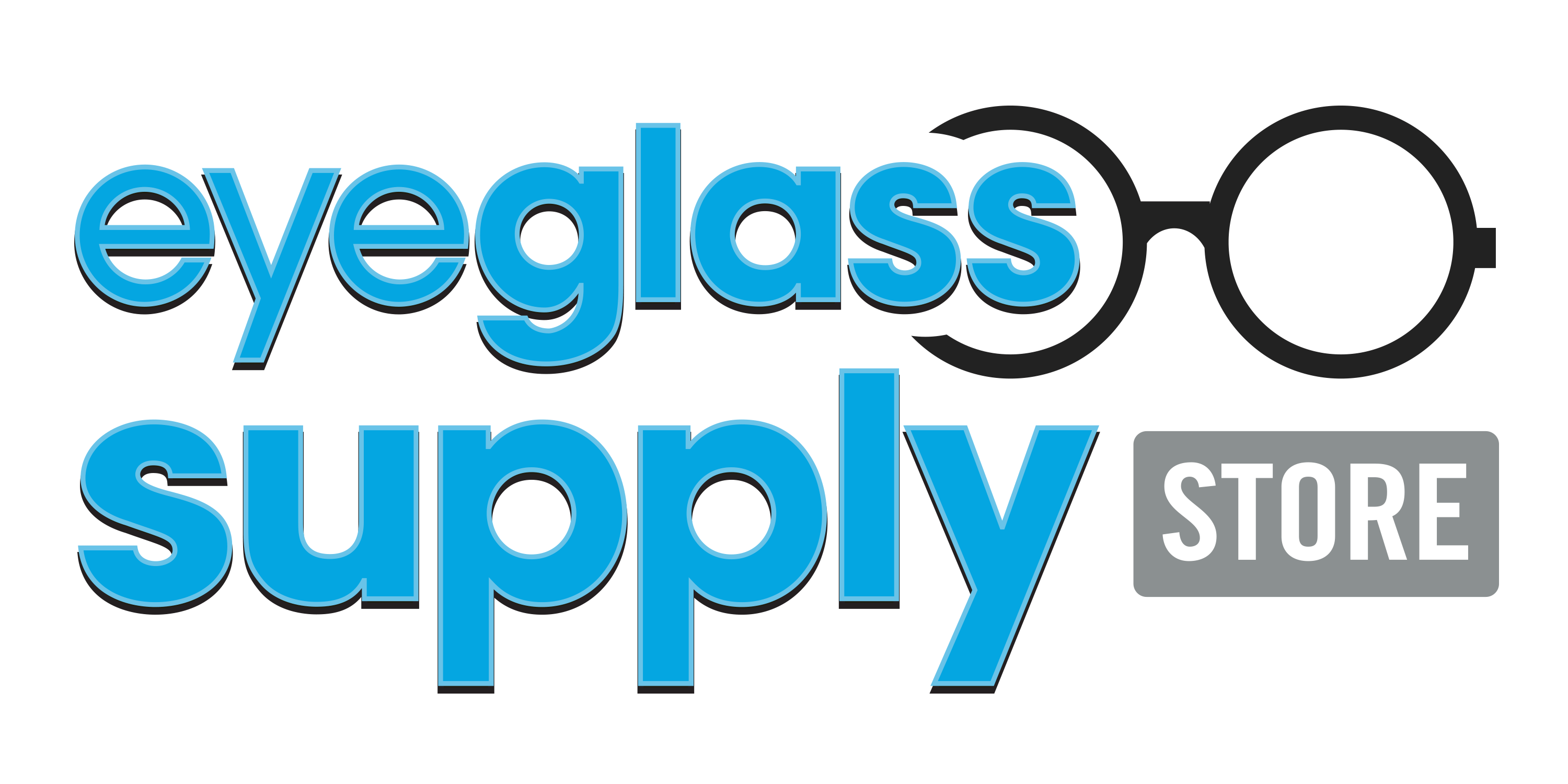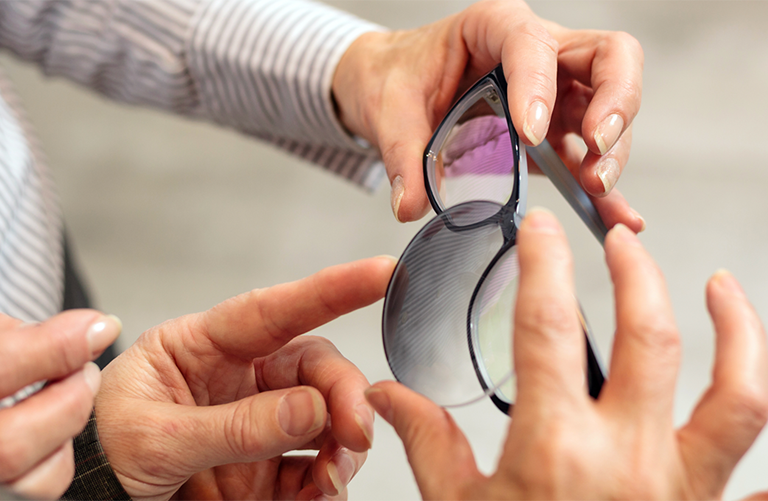Usually everyone focuses on their eyeglass frames. They want to pick the right color, shape, and thickness to compliment their face. They also want the style that is most comfortable. I know that when I was searching for my first pair of eyeglasses, I got sucked into looking at the hundreds of frames available in the store. But, one aspect of eyewear that is a bit under-appreciated is the lens.
The Common Mistake
While many people spend an hour or so picking out the right eyeglass frames, they fail to take the time to find the right lenses – this is a common mistake that you should avoid making. When you don’t consider the different features and benefits of different types of lenses, you miss out on important opportunities that you may regret later. Rather than having to switch lenses a month after getting your new eyeglasses, why not learn about which lens is right for you?
The Different Materials
When eyeglasses were first introduced, all lenses were made of glass. Glass lenses offer the optic quality that you want, but the downside is that they’re heavy and can break easily. Now, glass lenses aren’t widely used because if they break, they can actually harm your eye. However, as technology has advanced and we’ve made significant innovations in the optical industry, there are additional options for lens materials:
- Plastic Lenses: These lenses are light weight, low cost, and excellent optical quality. Specifically, one of the major types of plastic used is a polymer called CR-39. This is a popular material for lenses today.
- Polycarbonate Lenses: These lenses were introduced for safety glasses in the 1970s. Since then, they’ve become increasingly popular for children’s eyewear, safety glasses, and sports eyewear because polycarbonate is lighter and more resistant to impact than CR-39 plastic.
- High-Index Plastic Lenses: These lenses were created to meet the growing demand for thinner, lighter eyeglasses. They’ve been produced over the past 20 years and they promise to be even thinner and lighter than CR-39 plastic lenses.
Important Treatments
After you select the right material for your lenses, you want to take time to decide if they should undergo extra treatments. For instance, you can opt for anti-scratching coating, anti-reflective coating, UV-blocking treatment, or Photochromic treatment. The different options offer unique benefits, such as protecting your eyes from harmful UV rays, and adjusting the darkness in the sun’s UV and high-energy visible (HEV) light rays. In addition, the photochromic treatment will turn to clear when indoors.
The Best Eyeglass Lens Cleaner
Now that you’ve carefully considered all your lens options (and hopefully made a decision), it’s time to select the right eyeglass cleaner to ensure that your lenses remain in good shape. This requires both finding the right lens cleaner and following the proper steps to clean your glasses. While there are a wide variety of lens cleaners and cloths available, if you’re looking for a step up from the traditional options, consider the new UltraVue Gel Lens Cleaner. This cleaner uses a unique patented formula that improves efficiency when cleaning your eyewear. The secret to its success is that the gel sticks to the lenses rather than sliding off like regular liquid cleaners. The UltraVue Gel Lens Cleaner promises to be a superior option and safe for use on all types of eyewear. The good new is, this unique patented formula is available at Eyeglass Supply Store. Shop around to find different sizes and colors – we even have complete kits which include the UltraVue Gel Lens Cleaner with a microfiber cleaning cloth. At Eyeglass Supply Store, we’re always exploring new products that can better satisfy our customers, so stick around for more innovations to come.

